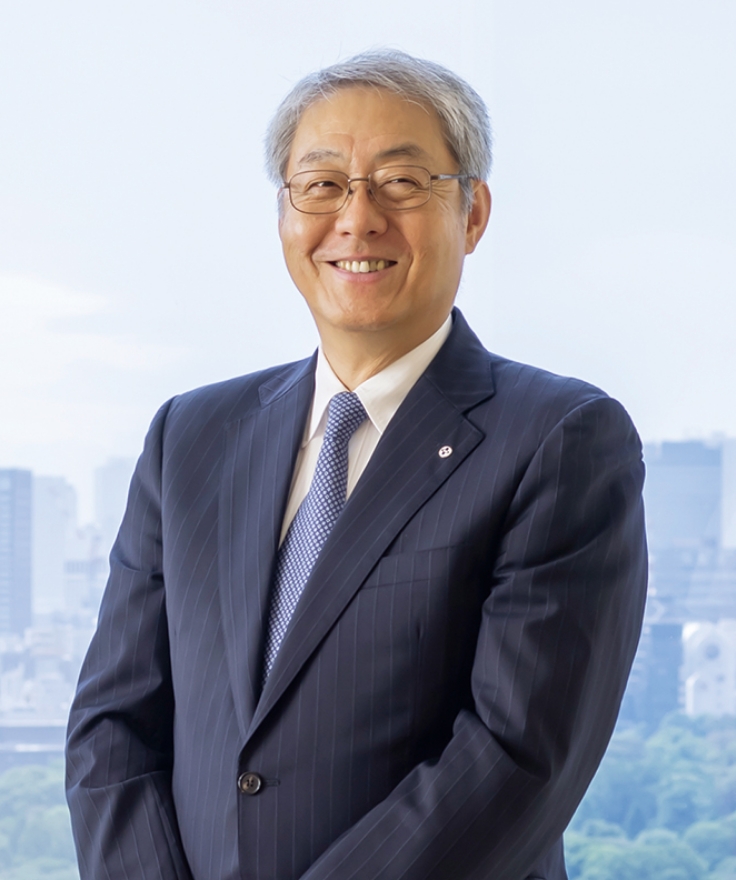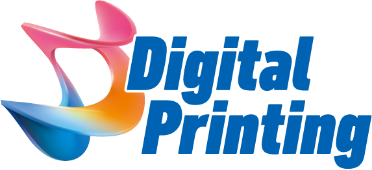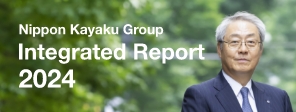The 200 billion yen in consolidated sales of the Nippon Kayaku Group is comprised of products and product lines that sell from hundreds of millions to billions of yen. We found niche markets that were difficult for major companies to compete in, and grew by making our basic strategy “technology integration and niche strategies” and expanding. Moving forward, we would like to flexibly adapt to changing needs and survive as a corporation needed by the world.
However, looking back at the group in recent years, I feel it has become difficult to create new “technology integration and niche strategies” like how automotive safety components came from industrial-use explosives and optical films for polarizers came from dyes. In other words, one could say that current products are being provided within the area of responsibility of each business from start to finish without much passion. If these conditions continue, the personnel and organization will become rigid, and we will not be able to demonstrate our strengths. Therefore, we reorganized segments in June 2023, from four businesses that continued for over 20 years, to three new businesses with high potential for product lines and business synergies.
The Mobility & Imaging Business Unit adds the Polatechno Business, which handles automotive dye-type polarizers, to the Safety Systems Business which is expected to see long-term growth in automotive safety components. We will be the first to obtain information about new display devices to include in vehicles while focusing on the electrification of automobiles and the spread of self-driving in the future, explore new uses for dye-type polarizers, and propose components that utilize specialized optics technologies. Further, we will raise profitability by utilizing our efficient production methods cultivated in production of automotive safety components and our expertise on reducing costs to improve the competitiveness of polatechno products.
The Fine Chemicals Business Unit consists of the Functional Materials Business, Color Materials Business, and Catalysts Business. For Functional Materials, we will pursue operation and sales strategies in line with semiconductor manufacturing equipment and semiconductor cleaners in addition to semiconductor epoxy resins, the main products. For Color Materials, focusing on industrial-use inkjet inks for digital printers where growth is expected, we will make efforts in expansions under a development structure that also includes printer and printer head manufacturers to form a trinity. For Catalysts, we will strive to be the first to develop new catalysts for hydrogen production while refining our competitiveness in niche units like the direct sale of catalysts for acrylic acid and methacrylic acid production. In addition to close-to-the-customer operations, a strength of this Business Unit, we will work hard to widen our marketing field of view and strengthen the business.
The Pharmaceuticals Business and Agrochemicals Business which are under the Life Science Business Unit are similar in that they are not easily impacted by market conditions when compared to other businesses, but they take a long time to develop new drugs/chemicals. In the Pharmaceuticals Business, we are currently transforming from a system that makes generic drugs and biosimilars the main products, which are impacted by yearly National Health Insurance price revisions, to a system that looks at introduced and company- developed drugs, and adds new drugs with high profitability. In the Agrochemicals Business, in order to increase profitability, we will make efforts in effective and efficient research and development through DX in ingredient development and sharing intellectual property strategies with the aim of developing new medical ingredients to follow Flometoquin, which was launched in 2018.
The Technology Unit is a new organization that was established by combining the Research & Development Group and the Technical Operation Group. The Unit promotes research and development across the company, and promotes upgrading production locations to smart factories, as well as research and production DX. Further, in the Environment and Energy areas, the Unit will take on a mission to create new products and businesses by leveraging the collective knowledge of our group. The Technology Unit is an important organization responsible for the creation of new businesses and products across the company in order for the Nippon Kayaku Group to achieve significant and steady growth.





